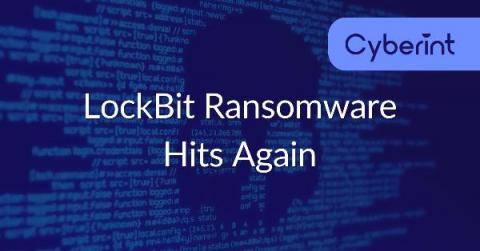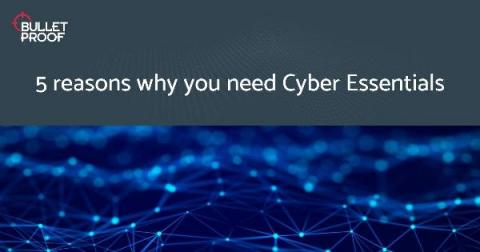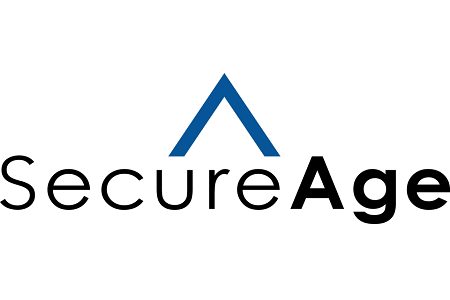Critical Unauthenticated SQL Injection Vulnerability Patched in WooCommerce
On July 14, 2021, WooCommerce issued an emergency patch for a critical vulnerability allowing an unauthenticated attacker to access arbitrary data in an online store’s database. WooCommerce is one of the most popular e-commerce platforms in the world and is installed on over five million websites. Additionally, the WooCommerce Blocks feature plugin, which is installed on more than 200,000 sites, was affected by the vulnerability and was patched at the same time.











